The transition from fossil fuels to renewable energy is no longer a theoretical vision - it is a reality actively unfolding across Malaysia.
In response to growing climate challenges and the need for resource efficiency, many educational institutions are embracing clean energy solutions as part of their commitment to reducing greenhouse gas emissions and building a more sustainable future.
Malaysia’s universities are at the forefront of this shift, increasingly positioning themselves to harness the full potential of renewable energy.
This transformation is more than just cutting carbon - it’s about shaping mindsets and inspiring systemic change. By integrating solar energy into campus operations, universities are turning their grounds into living laboratories. Students are no longer just learning about sustainability in theory - they experience it daily, witnessing how clean energy powers their lecture halls, labs, and libraries. It is immersive education that cultivates environmental responsibility and prepares future leaders to act with purpose.
At the core of this transformation lies a strong spirit of collaboration. With support from Tenaga Nasional Berhad (TNB) and its wholly owned subsidiary, GSPARX Sdn. Bhd. (GSPARX), universities are not only adopting green technologies - they are forging valuable partnerships. Together, they are pioneering innovative ways to power campuses while proving that clean energy is both achievable and impactful. This united effort sends a powerful message: when education and innovation come together, real change begins to flourish.
How Malaysia's Universities Are Turning Towards Solar
Malaysia is home to over 20 public universities, alongside a growing number of private and technical institutions - collectively accommodating tens of thousands of students, lecturers, and staff every year. This vibrant academic community generates significant and rising energy demand.
Functioning much like small cities, campuses require a continuous and reliable power supply to sustain academic, research, and operational activities. However, this growing demand often results in high utility costs, placing pressure on university budgets. Many institutions still rely heavily on electricity generated from fossil fuels - a model that is increasingly misaligned with Malaysia’s national climate ambitions, including the goal of achieving net-zero emissions by 2050.
While sustainability is widely discussed in classrooms, implementation at scale remains a challenge. Bridging this gap requires real, scalable solutions - and solar energy is proving to be one of the most impactful pathways forward. The idea of a campus powered largely, or entirely, by renewables is no longer a distant aspiration - it is a viable reality.
Recognising this potential, GSPARX has expanded its clean energy offerings to the education sector. After establishing a strong footprint in the residential, commercial, and industrial markets, GSPARX is now supporting universities in adopting solar solutions that reduce both emissions and operating costs.
To date, 14 universities and tertiary institutions across Malaysia have partnered with GSPARX to install solar systems—cutting energy costs while advancing the nation’s low-carbon transition.
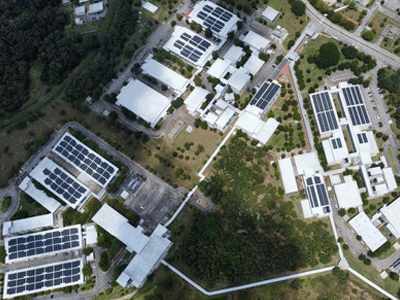
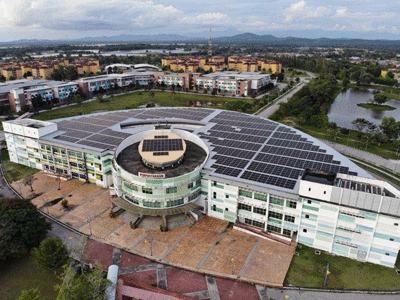
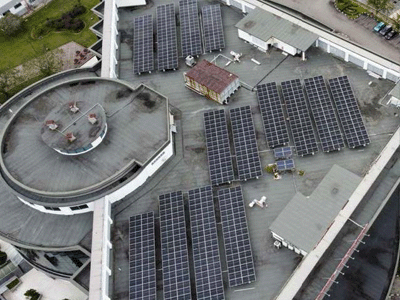
Bridging Cost Savings and Climate Action in Higher Education
In 2021, TNB launched a strategic initiative to accelerate clean energy adoption in Malaysia’s higher education sector. Built upon the Supply Agreement for Renewable Energy (SARE) framework, this programme leverages a Zero Capital Expenditure (Zero Capex) model, allowing universities to adopt solar energy systems with no upfront financial investment.
Under this model, TNB fully finances, installs, operates, and maintains the solar photovoltaic (PV) systems. Participating universities pay only for the electricity generated, at a lower fixed tariff than grid electricity, unlocking immediate cost savings and ensuring long-term sustainability impact.
As of now, the programme has deployed 54.7 MWp of solar PV capacity across 14 universities. With an average solar yield of 3.7 Peak Sun Hours (PSH) per day, these systems collectively generate approximately 73.87 million kWh annually - translating to estimated yearly savings of RM 7 million.
These savings allow universities to reallocate funds to core areas such as research, innovation, and sustainability programmes, amplifying their positive impact on education and climate resilience.
Prominent examples include:
Universiti Putra Malaysia (UPM)
A flagship project with a 16.18 MWp system featuring rooftop PVs, solar carparks, and floating solar arrays.
Universiti Tun Hussein Onn Malaysia (UTHM)
A 6.9 MWp system spanning 25 buildings, including rooftops, walkways, and parking structures.
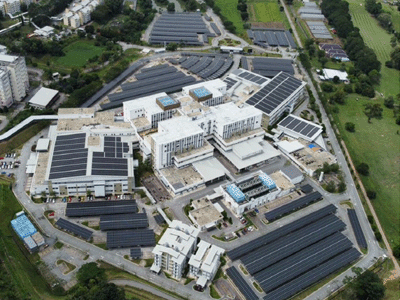
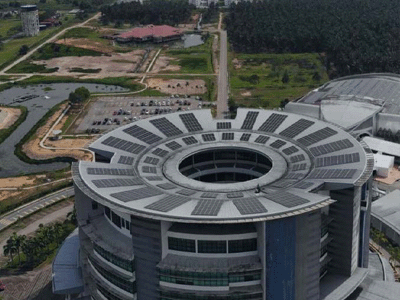
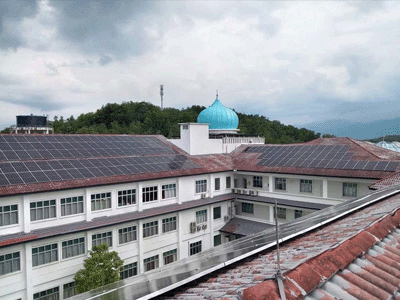
The environmental benefits are equally compelling. The initiative achieves a carbon reduction of 54,700 metric tons of CO₂ annually - equivalent to planting nearly 900,000 trees each year.
Not Just Savings - A Platform for Learning, Innovation, and Growth
Solar adoption in tertiary institutions brings benefits that go well beyond economics and emissions. It is also transforming education.
Participating universities have begun integrating solar energy infrastructure into their teaching and research, particularly in fields such as engineering, environmental science, and renewable energy. Solar PV system data is now embedded in coursework, final-year projects, and R&D, turning infrastructure into an educational asset.
A standout feature is the use of real-time monitoring dashboards at every solar installation. These provide live data on energy generation, cost savings, and carbon reduction - allowing students to perform energy analytics, monitor system performance, and engage with real-world data in meaningful ways.
In parallel, GSPARX is collaborating with Technical and Vocational Education and Training (TVET) institutions, focusing on solar system maintenance and green workforce training. This broadens access to clean energy opportunities and ensures an inclusive transition to a low-carbon economy.
Some institutions are also exploring advanced technologies such as Battery Energy Storage Systems (BESS) - laying the foundation for innovation in energy storage and grid resilience.
Ultimately, the programme is not only helping Malaysia meet its climate targets - it is empowering students, strengthening research capacity, and cultivating a new generation of clean energy leaders.
Scaling Up For A Net-Zero Campus Future
The momentum continues to build, with more universities joining the solar initiative each year. Several institutions are currently undergoing feasibility assessments and technical evaluations, with many more expressing interests.
TNB and GSPARX have charted an ambitious yet practical roadmap:
-
By2026Extend the programme to cover all public universities.
-
By2028Expand to include private universities and TVET institutions.
-
By2040Establish a nationwide network of net-zero campuses.
The onboarding process is simple. Universities submit an Expression of Interest (EOI), after which GSPARX conducts site visits, feasibility studies, and proposal development. Once approved, GSPARX manages the entire lifecycle - from system design and installation to commissioning and long-term maintenance
Because the model is zero upfront cost, GSPARX acts as the solar investor, while universities only pay for the energy they consume - at a more affordable tariff compared to grid supply. This approach reduces financial barriers and makes solar adoption a realistic option for all educational institutions.
By combining financial viability, technical support, and sustainability leadership, the programme continues to gain traction across the education sector.
A Sunny Sign of Things to Come
Malaysia’s expanding campus solar programme is more than just an infrastructure upgrade - it reflects a deeper shift in how institutions approach energy, education, and environmental stewardship.
This growing movement across public universities showcases the tangible benefits of solar energy, from cost reductions and emissions savings to enhanced academic engagement and cross-sector collaboration. It also signals the readiness of Malaysia’s education sector to contribute meaningfully to the national climate agenda.
With more than 20 public universities and numerous private institutions nationwide, the potential for broader renewable energy adoption is vast. By embracing clean energy, campuses are not just reducing their environmental impact—they are catalysing a cultural shift that promotes innovation, builds climate literacy, and sets the stage for a more resilient, low-carbon future.